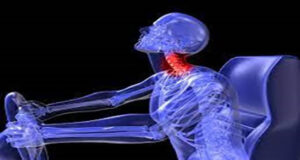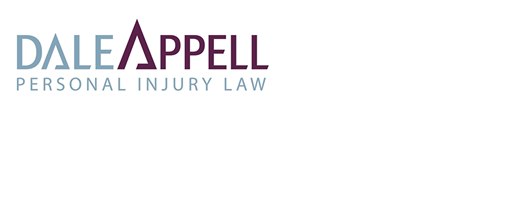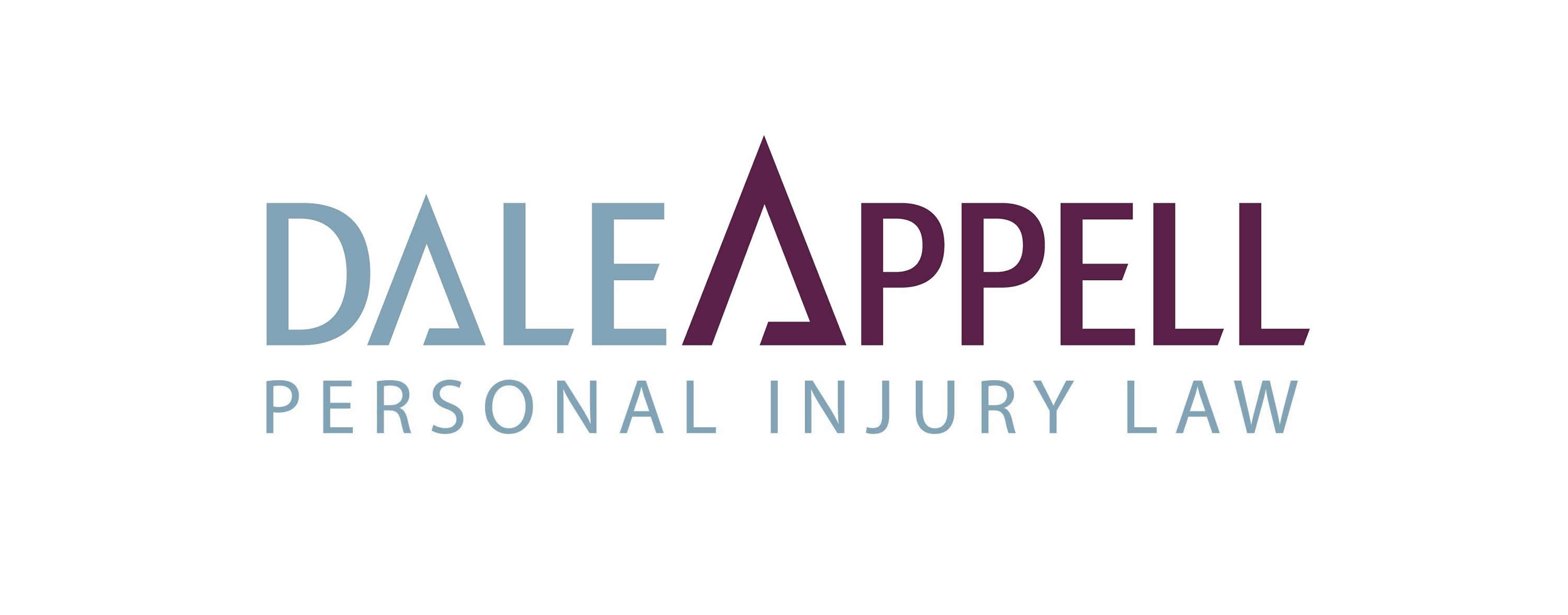
UNDERSTANDING NECK AND BACK PAIN AFTER AN ACCIDENT
(next newsletter, we discuss the cure . . .)

It’s no accident [pun intended] that car accidents often cause neck and back pain. Understanding why they do may not only help prevent you from getting injured, but also give you insights that will help you get better.
You’re sitting at a light on Dale Mabry and Kennedy and suddenly someone hits you from behind. Your car and seat-belted body are pushed forward. Then you quickly hit the brake or perhaps the person in front of you. The car suddenly stops…you don’t. Your upper torso and neck continue their forward momentum until your shoulder harness stops your upper torso, excluding your neck, which moves forward rapidly and then back, just like a whip.
That whip [lash] motion does all kinds of bad things to the tissues in your neck. In particular, it puts pressure on the small bones of your vertebrae which squeezes the jelly like discs in between each vertebra. These discs are the neck’s shock absorbers and their pliability is what allows you to move your neck up and down and side to side.
It’s important to know that nature designed your vertebrae to protect the spinal cord, the communication tool between your head and the rest of your body. Mess with the discs and you potentially interfere with that communication system. In more slight neck injuries not involving the vertebrae and discs, you irritate and stretch surrounding tissues causing inflammation and nerve irritation.
But if the whip motion of your neck puts too much pressure on the vertebrae so that the discs are squeezed, they can actually change the disc’s shape. A significant change to the disc’s shape is called a herniation. The disc can even pop so that part of what was inside the disc is now floating free inside the spinal canal. Uh-oh.
The same mechanics work on the lower back tissues and discs. Not so much in rear end collisions, unless the hit from the rear is significant or at the moment of impact your body is twisted [perhaps to grab something from the back seat or twist your torso and throw out your arm to protect your passenger]. Lower back tissues and discs are mostly affected in side and front end impacts.
In side impacts for example, your upper body is not fully restrained by the seatbelt. The car is pushed to the side and because of the restraining effects of the lap belt, your lower body generally moves with it. But your upper body moves in the opposite direction to your lower body, often stopped by the side of your door. This happens quickly and creates a whip like action similar to what happens to the neck in rear end collisions. The result is lower back/hip tissue stretching and pressure on the back vertebrae, possibly changing the shape of the lower back discs.
Finally, let’s discuss why changing the shape of the discs is so bad. One reason is that there are a lot of nerves all around the outside of the discs. When you tear the outer ring of the disc, the annulus, the body responds with inflammation which irritates the nerves in the area. Changing the shape of the disc can also put pressure directly on the spinal cord and nerves that are directly in front of the disc. When that happens, not only is there pain in the region, but the ability of the brain to communicate with the body can be interrupted. Often there is a feeling of numbness and tingling in the arms [if a neck injury] or legs [if a lower back injury] as the nerve is irritated. If the pressure from the disc is significant enough, there can be weakness in the arms/legs and possibly the loss of their use.
Christopher Reeves [Superman for you young folks] fell off a horse and was paralyzed for life. Falling from a horse is different from getting into a car accident, but not to your body. The forces are similar and Mr. Reeves’ paralysis was the result of a spinal cord injury from issues similar to what we discussed above.
Understanding the anatomy of the spine is important to understanding your options on how to resolve your auto accident injury. But note that there’s not much that can be done to prevent these injuries from happening in the first place if you’re involved in an auto accident. For the most part, it’s out of your control.
Some things that are in your control that may help include:
- Make sure you wear your seatbelt. As you read above, the seatbelt can play a role in causing neck and back injuries in car accidents, but relative to your head going through a windshield or your chest hitting the steering wheel, it’s worth it.
- If you know that you’re about to impact with another vehicle, the best position for your body is to be facing forward. Any twist of your neck or back can make the resulting injury worse.
- Going into an auto accident with a healthy spine gives you the best chance of minimizing injury as well as providing the best opportunity for a speedy recovery. You’ll get more information as to why and how to maintain vertebrae health in our next newsletter…so stay tuned!

